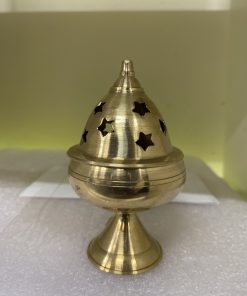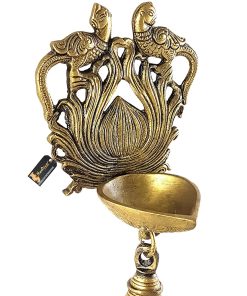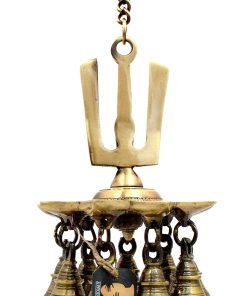Kuthuvilaku / Diya
$95.00
Sale!
Pooja Vessels
Original price was: $18.90.$16.90Current price is: $16.90.
Kuthuvilaku / Diya
$15.00
$45.00
Sale!
Kuthuvilaku / Diya
Original price was: $35.00.$29.00Current price is: $29.00.
Sale!
Pooja Vessels
Original price was: $21.90.$15.00Current price is: $15.00.
Sale!
diwali decor
Original price was: $47.00.$45.00Current price is: $45.00.
Sale!
Kuthuvilaku / Diya
Original price was: $75.00.$70.00Current price is: $70.00.
diwali decor
$90.00
Kuthuvilaku / Diya
$1,195.00
Sale!
Return Gifts / Gifts
Original price was: $14.00.$12.00Current price is: $12.00.
Kuthuvilaku / Diya
$45.00
diwali decor
$12.00
$80.00
$36.00
Sale!
Original price was: $55.00.$50.00Current price is: $50.00.
Kuthuvilaku / Diya
$35.00
diwali decor
$4.00
Sale!
Pooja Vessels
Original price was: $299.00.$249.00Current price is: $249.00.
Kuthuvilaku / Diya
$20.00
Pooja Vessels
$68.00
Pooja Vessels
$4.00
The term "kuthuvilaku" refers to a traditional oil lamp used in South India, particularly in the Tamil culture. In other languages and regions, it may be known as "nilavilakku" in Malayalam, "diya" in Hindi, "deepam" in Telugu, and "vilakku" in Kannada. These lamps hold cultural and religious significance and are often used during special occasions, prayers, and festivals.
The "kuthuvilaku," also known as "nilavilakku," is a traditional oil lamp commonly used in South India, especially in Tamil Nadu and Kerala. It typically consists of a brass or bronze base with an elongated stem and multiple spouts for wicks. These lamps are often adorned with intricate designs and are considered auspicious in Hindu culture.
The kuthuvilaku holds symbolic significance, representing the dispelling of darkness and the spreading of light, both literally and metaphorically. It is commonly lit during religious ceremonies, prayers, and festivals, signifying the presence of the divine and the triumph of good over evil.
During festive occasions such as Diwali, Karthigai Deepam, and other celebrations, families and communities light kuthuvilakus to create a warm and welcoming atmosphere. The gentle glow from these lamps adds a sense of serenity and spirituality to the surroundings.
The practice of lighting kuthuvilakus is deeply rooted in tradition and is often passed down through generations as a cherished custom. The flickering flames of the lamp hold cultural, religious, and social significance, symbolizing hope, positivity, and the celebration of life. There are several types of kuthuvilakus, each with its own unique design and purpose. Here are a few common types:
These are just a few examples, and there are many regional variations in the design and usage of kuthuvilakus. Each type holds cultural and religious significance and adds to the rich tapestry of traditions in South India




























